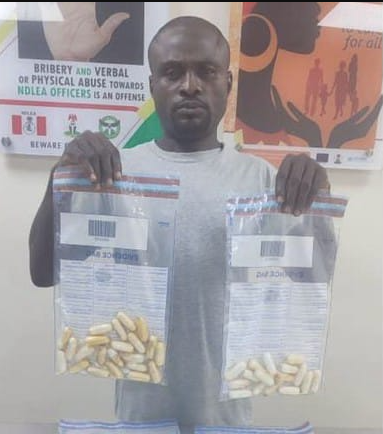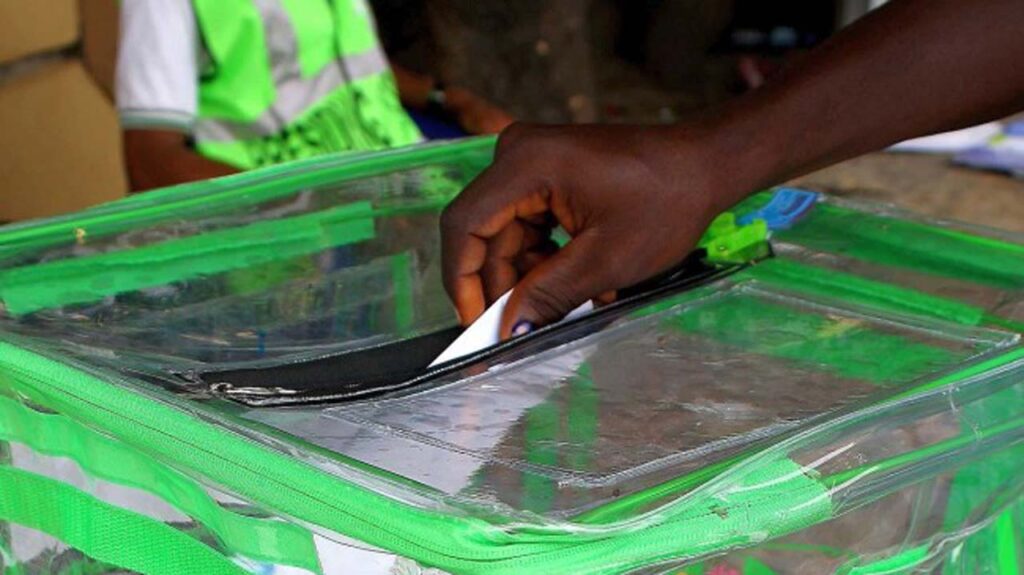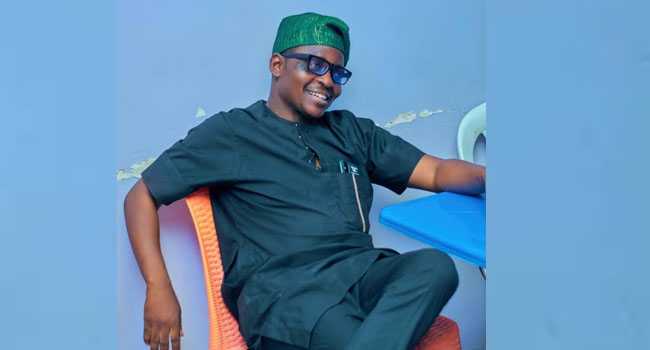
Worried by dangers, which overloading poses to road users and infrastructure, two individuals, Rafael Fietzek and Stéphane Foulard, have invented Compredict, a device that controls overloading.
The device works through algorithms, which typically, work on an existing telematics solution that is able to gather vehicle data, for example from the CAN-bus (Controller Area Network), the OBD port or similar continuous data.
Managing Director, COMPREDICT, Dr. Stéphane Foulard, said the technology is a product of the studies, he and Fietzek conducted at the University of Technology, Darmstadt, Germany.
He explained that during their research work at TU Darmstadt, they became aware that car manufacturers still use a lot of traditional methods in their vehicle development.
“Three investors joined us on our journey to finance product development and growth of the start-up company, namely THI investments, SEK Ventures (held by the founders of the private transport company FLIXBUS) and MICHELIN.
“A huge potential for optimisation with modern data-driven methods still remains unused. In 2016, we recognised that there is a huge market for vehicle data analytics.
“For 12/24V battery condition monitoring, we just need the battery voltage run continuously and this allows us to be alert before the battery fails. More complex algorithms need more data. Whatever the use case, our algorithms – we call them virtual sensors – use existing data from hardware sensors on board the vehicle to calculate new insights that are otherwise inconvenient or expensive to measure 24/7.
“The customer’s telematics solutions send us the data in the form of calculation requests to our cloud-based algorithm hub, and we send back the calculation results through state-of-the art interfaces (such as REST API).”
On how to measure vehicle mass, Foulard said it is an important topic regarding road safety.
“As you have nicely explained in one of your latest articles, vehicle overload causes serious road accidents. Besides, it can also damage road infrastructure. Vehicle mass is a typical example of something that is inconvenient to measure 24/7 using hardware sensors.
“How can a truck fleet owner make sure, from his office, that his trucks are not being overloaded during the day?
“Our virtual sensor for vehicle mass works continuously as soon as the truck or light vehicle is driving. It calculates the loaded mass from data like engine rotational speed, engine torque and wheel speed, after a few minutes driving. The algorithm is even able to parameterise for the given vehicle by itself during the first drive. The calculation can be done in the cloud or on edge, depending on the hardware capabilities of the telematics system and the given use case.”
On how Nigeria can tap in from this technology, Foulard said: “As far as I am aware of, there are a couple of large truck fleet operators like for example haulage companies in Nigeria. But to be honest, I am not sure what kind of telematics solutions are used, and if they can gather or, at least, access continuous vehicle data. Input data is what matters most in data science. We already have experience in working with partners on other continents without ever having met them physically. If one of the fleet owners in Nigeria is searching to get control of the overload question, or to improve the efficiency of his fleets using vehicle data, we are happy to provide our solution.”
Foulard stressed that their virtual sensors are currently used in other European countries like Italy and France, as well as in the UK and in Asia – namely in Japan and India. He explained that the advantage of the virtual sensors is that they are software-based.
According to him, the virtual sensors generate deep insights about how the vehicles are doing in everyday life, which is important for owners of large fleets.
“It allows to avoid annoying breakdowns of trucks on the road, to optimise maintenance and it is a convenient way to monitor the truck weight without rolling over a scale five times a day, just with software,” he added.












